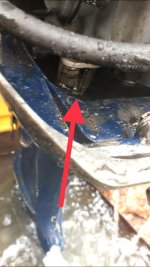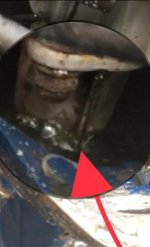Hey everyone, first time poster here.
i have a Honda BF-100 that I bought a few months ago and it has one issue that I cannot figure out.it has no power under load, when you put it in gear it does fine but when you increase the throttle the rpms basically don’t change and then bog down, doesn’t bog it down enough to make the motor cut off, just has no power.
this is what I have done so far;
checked compression 125psi both cylinders
new spark plugs
new fuel lines and filter
took carburetor off and cleaned it throuroghly.
ran some sea foam through it
Nothing I have done has changed the issue at all.
Motor or model number is B100S-1702995
Any help or advice would be much appreciated!!
i have a Honda BF-100 that I bought a few months ago and it has one issue that I cannot figure out.it has no power under load, when you put it in gear it does fine but when you increase the throttle the rpms basically don’t change and then bog down, doesn’t bog it down enough to make the motor cut off, just has no power.
this is what I have done so far;
checked compression 125psi both cylinders
new spark plugs
new fuel lines and filter
took carburetor off and cleaned it throuroghly.
ran some sea foam through it
Nothing I have done has changed the issue at all.
Motor or model number is B100S-1702995
Any help or advice would be much appreciated!!



